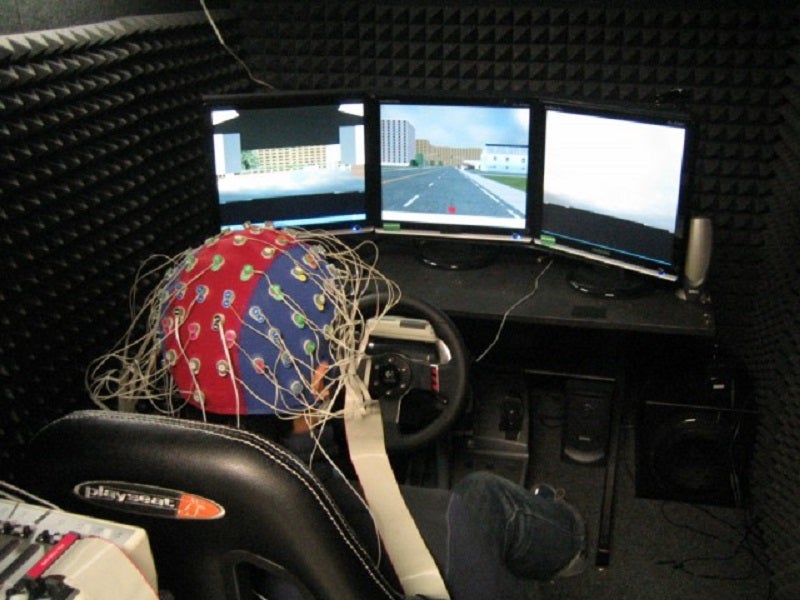
Researchers from the US Army Combat Capabilities Development Command’s Army Research Laboratory have formed a partnership to develop a first-of-its-kind mega-analysis of electroencephalography (EEG) to measure brain activity.
The big data approach to neuroscience by the researchers in partnership with the University of Texas at San Antonio and Intheon Labs aims to improve the understanding of the relationship between brain activity and performance in soldiers.
As part of the study, researchers will combine data across a diverse set of experiments for identifying patterns of brain activity that are common across tasks and people.
The army’s objective is to study how a soldier’s cognitive state can affect their performance during a mission.
In the two-part paper, researchers aggregated the raw data from 17 individual studies, collected at six different locations, into a single analytical framework.
These individual studies cover a diverse set of tasks such as simulated driving and visual search.
How well do you really know your competitors?
Access the most comprehensive Company Profiles on the market, powered by GlobalData. Save hours of research. Gain competitive edge.

Thank you!
Your download email will arrive shortly
Not ready to buy yet? Download a free sample
We are confident about the unique quality of our Company Profiles. However, we want you to make the most beneficial decision for your business, so we offer a free sample that you can download by submitting the below form
By GlobalDataArmy scientist and co-author of the paper Dr Jonathan Touryan said: “The vast majority of human neuroscientific studies use a very small number of participants employed in very specific tasks.
“This limits how well the results from any single study can be generalised to a broader population and a larger range of activities.”
Touryan further added that mega-analysis of EEG is challenging due to several types of hardware systems, the diversity of tasks, and the variability between individuals and within an individual over time.
The researchers developed hierarchical event descriptors (HED) tags to combine the raw data from the collection of studies.
The HED tag system captures the wide range of experimental events encountered in diverse datasets. It was recently adopted into the Brain Imaging Data Structure international standard.
Much of the raw data was gathered over the last ten years through the US Army’s Cognition and Neuroergonomics Collaborative Technology Alliance.
It is currently available in an online repository for the scientific community and will be used by the US Army to develop human-autonomy adaptive systems for the Next Generation Combat Vehicle, as well as Soldier Lethality Cross-Functional Teams.







